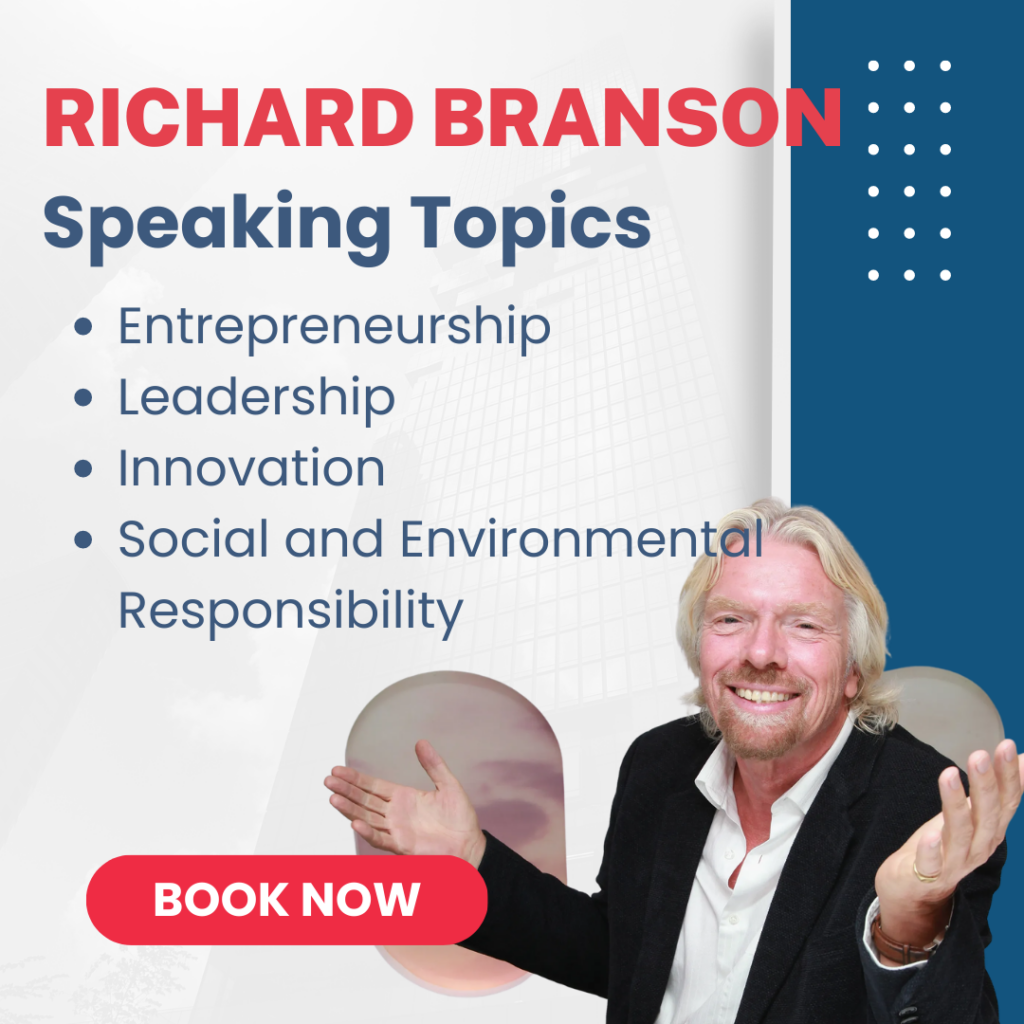
How Do You Introduce A Keynote Speaker
As events become more elaborate, the role of a keynote speaker has become increasingly important. A keynote speaker sets the tone for an event and provides a focal point for participants to rally around. However, introducing a keynote speaker requires careful preparation and execution. In this article, we’ll explore the various aspects of introducing a keynote speaker, including researching the speaker’s background, crafting a compelling introduction, and delivering it with confidence. How Do You Introduce A Keynote Speaker
Understanding the Role of a Keynote Speaker
Before diving into the details, it’s important to have a clear understanding of what a keynote speaker is and why they are important for an event.
Defining a Keynote Speaker
A keynote speaker is a person who delivers a speech or presentation at the beginning of an event. The purpose of the keynote is to set the stage for the rest of the event and inspire the audience. The speech may cover a variety of topics, from general motivational messages to specific insights into the industry or event theme.
However, being a keynote speaker is not just about delivering a speech. It’s about being a thought leader, an influencer, and someone who can captivate and engage an audience. A great keynote speaker is someone who can leave a lasting impression on the audience and motivate them to take action.
The Importance of a Keynote Speaker in an Event
A keynote speaker is an essential element of any successful event. They are responsible for kicking off the event on a high note and setting the tone for the rest of the day. The right speaker can energize the audience and create a sense of excitement for what’s to come.
Moreover, a keynote speaker can provide valuable insights into the industry or event theme. They can share their experiences, expertise, and knowledge, providing the audience with a fresh perspective and new ideas. This can be especially valuable for attendees who are looking to learn and grow in their respective fields.
Furthermore, a keynote speaker can help to establish the event’s credibility and reputation. A well-known and respected speaker can attract more attendees and generate buzz around the event. This, in turn, can lead to more opportunities for networking, collaboration, and business growth.
In conclusion, a keynote speaker is not just a person who delivers a speech. They are an integral part of any successful event, responsible for setting the tone, energizing the audience, and providing valuable insights. Choosing the right keynote speaker can make all the difference in the success of an event.
Preparing for the Introduction
Being a keynote speaker is a huge responsibility, and as an event organizer, it’s your job to ensure that the keynote speaker is introduced in the best possible way. Here are some key steps to follow:
Researching the Speaker’s Background
Before you can introduce a keynote speaker, you need to gather some background information on them. This might include their professional accomplishments, areas of expertise, and previous speaking engagements. The more you know about the speaker, the better you can personalize your introduction.
For instance, if the speaker is a renowned scientist, you can highlight their significant contributions to the field of science and their latest research findings. Similarly, if the speaker is a successful entrepreneur, you can talk about their journey to success and how they overcame challenges to achieve their goals.
Identifying Key Accomplishments and Expertise
Once you have a good understanding of the speaker’s background, it’s time to identify their key accomplishments and areas of expertise. This will help you highlight their achievements and establish their credibility with the audience.
You can also mention any awards or honors the speaker has received for their work. This will make the audience appreciate the speaker’s accomplishments and feel more connected to them.
Tailoring the Introduction to the Event Theme
One of the most effective ways to engage the audience is to tie the speaker’s introduction to the event theme. This helps create a sense of cohesion and gets the audience excited about the upcoming presentations.
For example, if the event is focused on environmental sustainability, you can mention the speaker’s work in promoting sustainable practices and their commitment to preserving the environment. This will show the audience that the speaker is aligned with the event’s values and goals.
Overall, a well-prepared introduction can set the tone for the entire event and create a positive impression of the keynote speaker. By following these steps, you can ensure that the speaker’s introduction is informative, engaging, and memorable.
Crafting a Compelling Introduction
After you have gathered all the necessary information, it’s time to craft a compelling introduction that highlights the speaker’s expertise and gets the audience excited about their speech.
Starting with a Strong Opening
To capture the audience’s attention, start with a strong opening that immediately engages them. This might include a joke, a thought-provoking question, or a surprising fact.
For example, if the speaker is giving a presentation on the importance of recycling, they might start with a startling fact such as “Did you know that by the year 2050, there will be more plastic in the ocean than fish?” This statement is sure to grab the attention of the audience and make them eager to hear more.
Highlighting the Speaker’s Credentials
Once you have the audience’s attention, it’s important to establish the speaker’s credibility and highlight their key accomplishments. This will help the audience trust the speaker and get excited about their presentation.
For instance, if the speaker is a renowned environmental scientist, it’s important to mention their impressive credentials such as their PhD in environmental science and their numerous publications in scientific journals. This will help the audience understand that the speaker is an expert in their field and has valuable insights to share.
Creating a Connection with the Audience
Finally, it’s important to create a connection with the audience. This might involve sharing personal anecdotes or highlighting the speaker’s shared experience with the audience.
For example, the speaker might share a personal story about how they became interested in environmental science or how they have made changes in their own life to reduce their carbon footprint. This will help the audience relate to the speaker and feel more invested in their presentation.
By starting with a strong opening, highlighting the speaker’s credentials, and creating a connection with the audience, the speaker can craft a compelling introduction that sets the stage for an engaging and informative presentation.
Delivering the Introduction with Confidence
Delivering a speech can be nerve-wracking, but with the right preparation and delivery, you can captivate your audience from the very beginning. Once you have crafted a compelling introduction, it’s time to deliver it with confidence. Here are some key steps to follow:
Practicing Your Speech
Practice makes perfect, and this is especially true when it comes to delivering a speech. The more you practice your speech, the more confident you will be when it comes time to deliver it. Practice in front of a mirror or with a colleague to ensure that you have the right tone and pacing. This will also help you identify any areas that need improvement.
Additionally, practicing your speech will help you feel more comfortable with the content. This will allow you to focus on your delivery, rather than worrying about what you are going to say next.
Engaging the Audience
Engaging the audience is key to keeping them interested in your speech. One way to do this is by making eye contact. When you make eye contact with someone, it creates a connection and makes them feel seen and heard. This will help keep the audience focused and attentive throughout your introduction.
Another way to engage the audience is by using gestures. Gestures can help emphasize your points and make your speech more dynamic. For example, you might use hand gestures to illustrate the size of something or to show movement.
Finally, varying your tone of voice can also help engage the audience. This might mean using a louder voice to emphasize important points, or using a softer voice to create a sense of intimacy. Varying your tone will help keep the audience interested and engaged.
Using Body Language and Tone Effectively
Body language and tone can be powerful tools when it comes to delivering a speech. Using facial expressions, for example, can help convey emotion and create a connection with the audience. For example, a smile can help put the audience at ease and make them more receptive to your message.
Hand gestures can also be effective in reinforcing your message. For example, pointing can help draw attention to a specific point, while open palms can help convey honesty and openness.
Finally, varying your pitch can also help emphasize important points. For example, raising your pitch at the end of a sentence can create a sense of excitement or urgency.
By practicing your speech, engaging the audience, and using body language and tone effectively, you can deliver a compelling introduction with confidence. Remember to stay calm, breathe, and enjoy the experience!
Conclusion
Introducing a keynote speaker requires careful preparation and execution, but it’s worth the effort. A well-delivered introduction can set the tone for the entire event and get the audience excited about what’s to come. By following these steps and crafting a compelling introduction, you can ensure that your keynote speaker gets the reception they deserve.




